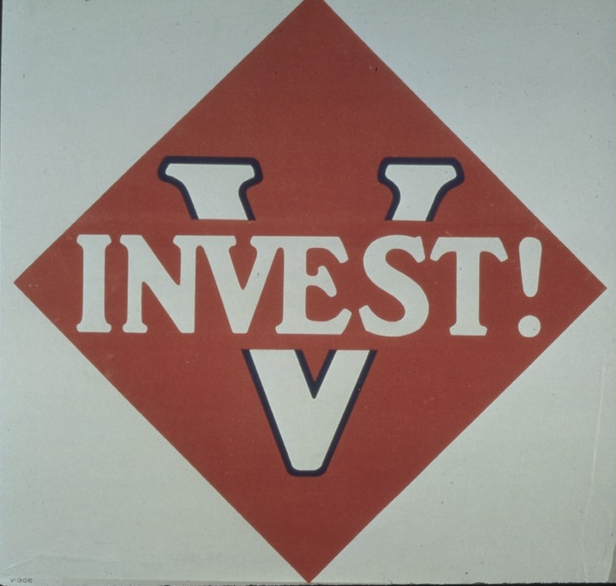Myths about ETF investing
Post on: 1 Апрель, 2015 No Comment

- August 28, 2014
The universe of exchange-traded funds (ETFs) is huge. With more than 1,300 ETFs on the market in the United States, 1 picking the right one for your portfolio can be daunting. And because there are so many ETFs to choose from, you might be tempted to rely on some rules of thumb about ETFs—but that approach could lead you astray.
Here, I’ll clear up some misconceptions about ETFs so you can approach this investing landscape with clear vision.
Misconception 1: Lots of stars means a good ETF
Independent research firm Morningstar® is well known for its star ratings. Funds whose risk-adjusted performance has been strong relative to their category peers during the past three, five and 10 years generally receive four- or five-star ratings. Funds whose performance has been weaker receive one- or two-star ratings.
Investors often gravitate toward funds with four and five stars, whether they’re looking at mutual funds or ETFs. But are more stars the sign of a good product?
Well, keep in mind how these star ratings are calculated.
- Star ratings are based entirely on past performance, with no regard for liquidity or other important factors. This means stars tell you only what a fund has done in the past. not what it could do in the future .
- Funds must have a track record of at least three years in order to get a rating at all.
- ETFs are ranked in a big group alongside mutual funds—most of which are actively managed.
This last point merits elaboration. Most ETFs track indexes, meaning they’re trying to replicate the performance of some broad segment of the market. If you see an ETF with a high star rating, this usually means one of two things:
- Active mutual fund managers (who make up most of the peer group) have struggled to beat the market in this category.
- The ETF tracks a narrow segment of the market that happens to have performed well recently.
It’s not uncommon to see ETFs with three-star ratings, meaning that they’ve performed around the middle of the pack. That’s pretty typical for an index product in most market environments. If an ETF focuses on a small niche of the market that performed better than the rest of the category in recent years (such as pharmaceuticals compared to the broad health-care sector, or technology companies within the broader China stock market), it doesn’t necessarily mean the same segment of the market is going to perform well in the future.
Take corporate bond ETFs, for example. None of the 12 rated ETFs in Morningstar’s Corporate Bond category has ratings of five or one. 2 This is pretty much what you should expect from ETFs in general.
Bottom line: When it comes to ETFs, stars don’t matter.
Misconception 2: Operating expenses are everything
ETFs have a well-deserved reputation for low costs, which usually refers to the fund’s operating expense ratio (OER)—the annual percentage of the fund’s assets that the ETF manager spends to keep the fund running. These expenses can be astoundingly low—some as low as 0.04% of your investment per year—although the typical ETF charges about 0.44%. 3
Low operating expenses aren’t everything, though, especially if you’re planning to trade a fund regularly. Every time you place a trade, you have to deal with the fund’s bid-ask spread—the price gap between what you’ll have to pay if you want to buy shares (the slightly higher “ask” price) and what you would get if you wanted to sell shares at that same moment (the slightly lower “bid” price). On a round-trip trade (buy an ETF, hold it for a while, then sell it) you effectively “pay” the entire bid-ask spread.














